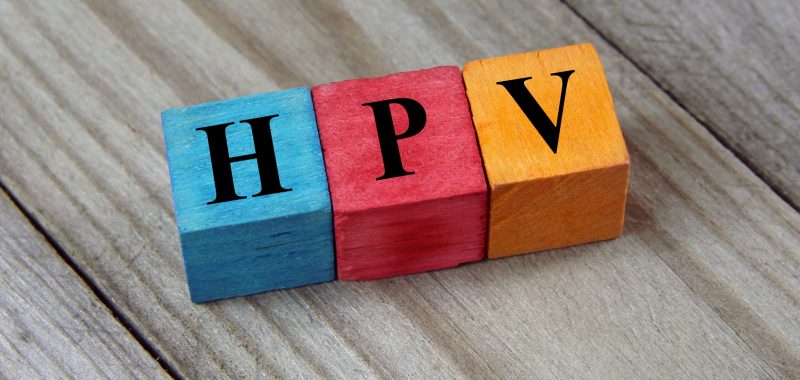Although sometimes called the ‘cervical cancer vaccine’ the vaccine actually protects against the Human Papillomavirus (HPV) because this virus is known to cause the majority of cervical cancers.
How does the vaccine work?
The vaccine contains purified L1 proteins which are found in the virus’ shell. The vaccine contains proteins for nine types of HPV deemed high risk because they cause cervical cancer and other diseases.
The vaccine is given in 2 or 3 doses, via an injection in the arm. It does not cause infection with HPV but uses virus-like particles which contain the proteins to teach the immune system how to fight HPV.
How does the HPV vaccine help to lower the risk of cervical cancer?
As the majority of cervical cancers are caused by HPV, getting vaccinated protects against most cervical cancers. However, it is still important to continue with Cervical Screening Tests to monitor for HPV and any changes in the cervix that could lead to cancer. Testing and immunisation together provide the best protection against cervical cancer.
Who is the HPV vaccination recommended for?
The HPV vaccine was introduced in Australia in 2007. It can be given from the age of 9, but it is provided for free in schools to children of all sexes aged around 12 to 13 under the National Immunisation Program.
Although cervical cancer only affects women or people with a cervix, anyone who is sexually active can catch HPV and pass it on. Also, the other diseases associated with HPV including genital warts, and cancers of the penis and anus, can affect men, which is why it is important for boys to also be vaccinated, to protect themselves and their sexual partners.
Older teens and adults can also be vaccinated and should talk to their doctor about eligibility.

